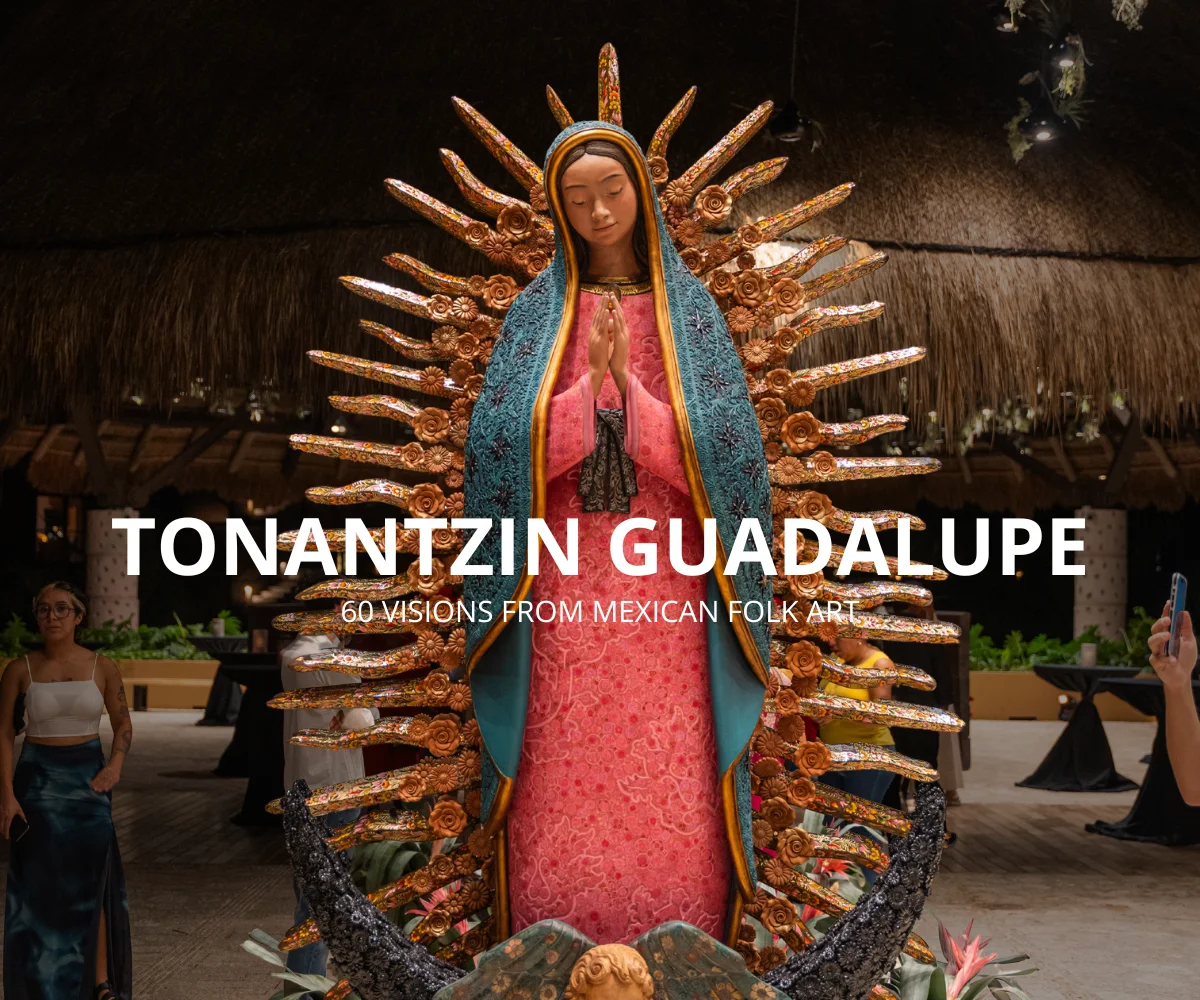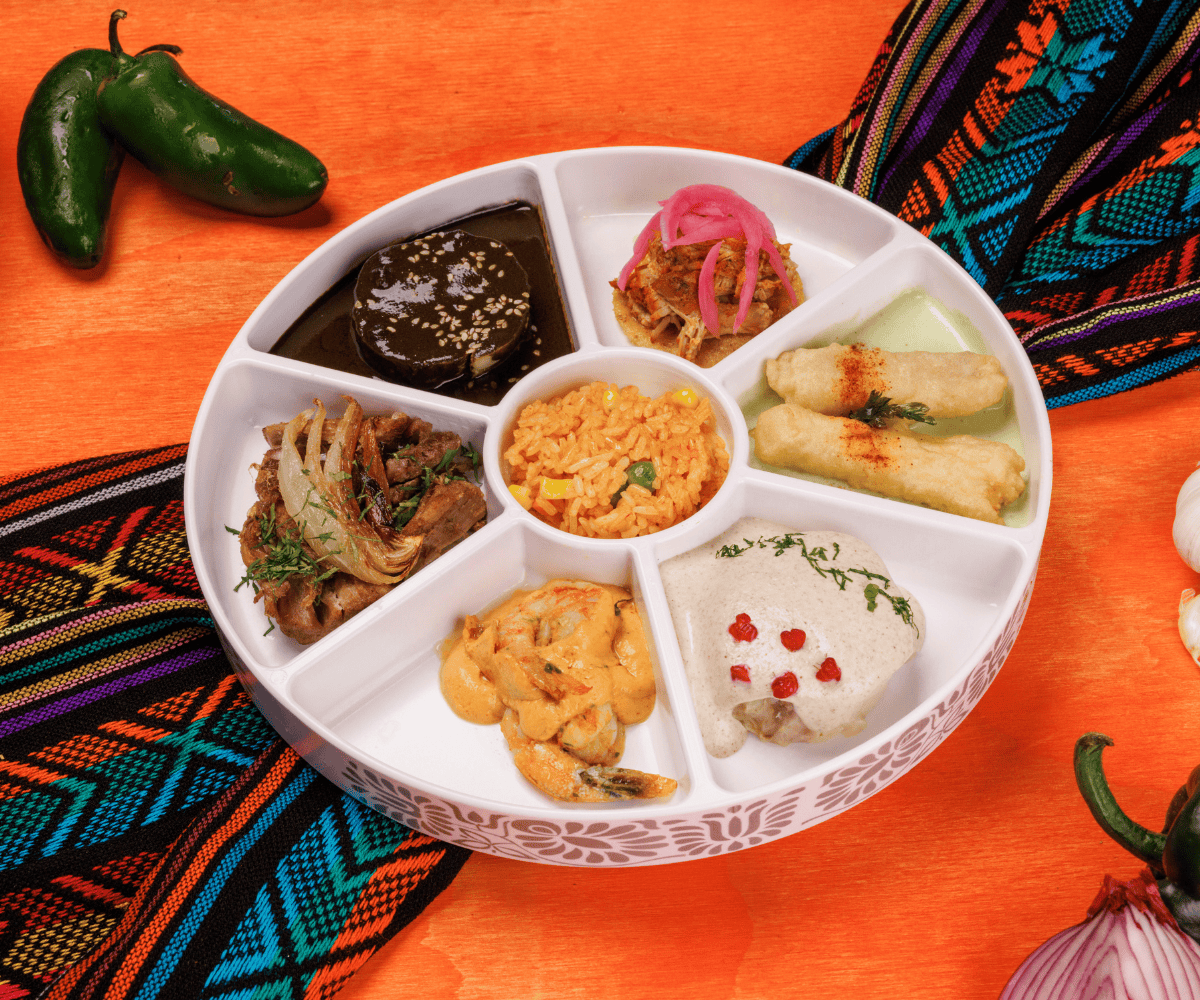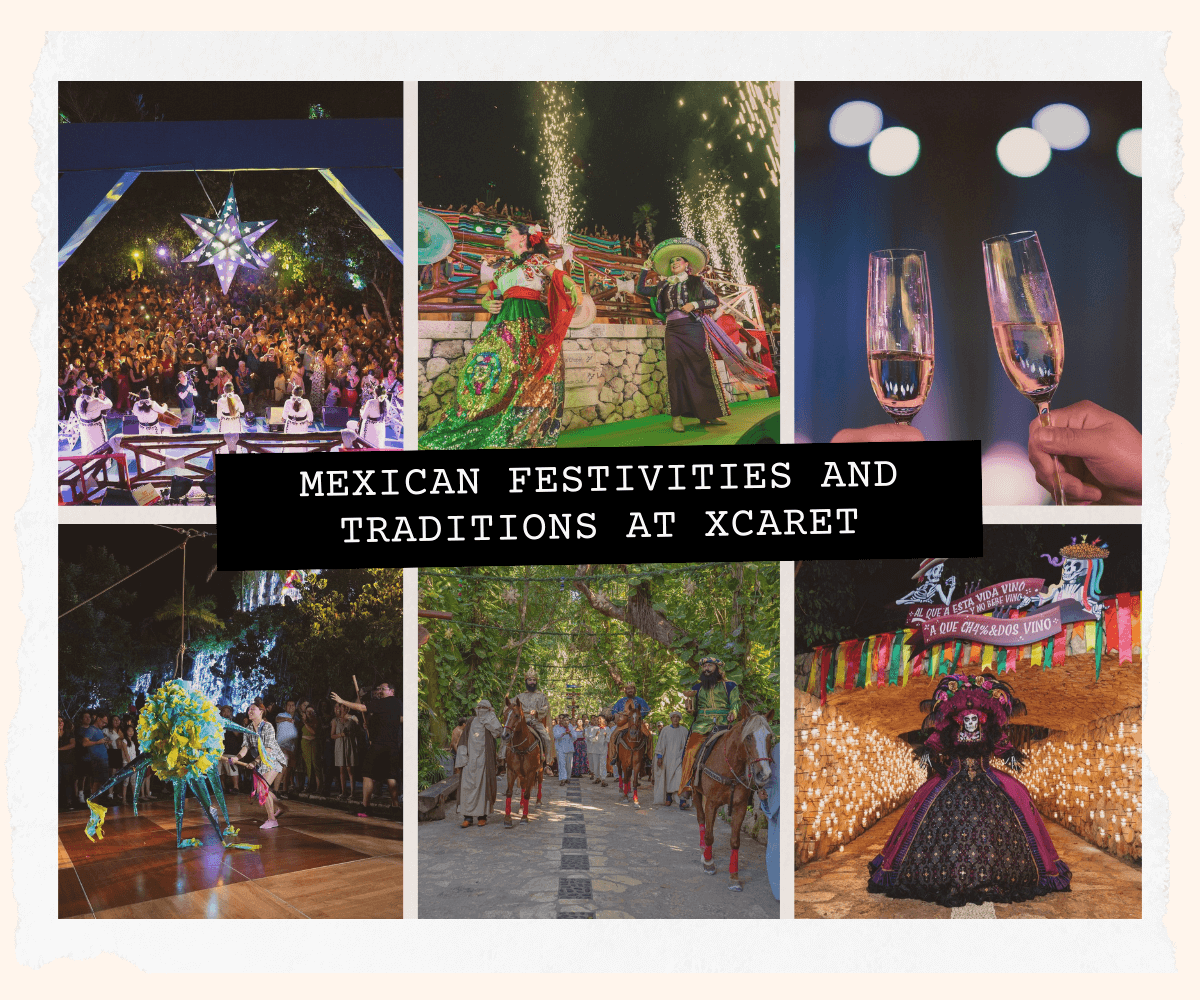Intangible Cultural Heritage of Humanity that you will enjoy at Xcaret
January 26, 2021
Did you know that Mexico accounts for 46 elements in the lists of Cultural Heritage?
That’s how big a legacy we’re leaving to the world!
As you may know, since a pretty long while back, UNESCO has been taking charge of establishing certain places as World Heritage. These sites must be accountable for certain criteria and, through time, these have been subdivided into different categories; cultural, natural, and mixed.
Since 2001, a new list was incorporated for Intangible Cultural Heritage of Humanity with the purpose of rescuing and taking care of the traditions that have become a part of culture’s richness but can simply not be held with our bare hands.
Mexico (of course) has riches to giveaway in any of these lists. For this reason, we hold 35 sites declared World Heritage, becoming one of the top 10 countries with most elements on this list and the most in the American continent. However, and as if that wasn’t enough, while you tour around the country, you’ll find yourself with 11 expressions of Intangible Cultural Heritage too.
To learn about the full lists, I’m sharing UNESCO’s official webpages where you can find them:
List for World Heritage Sites (World)
List for Intangible Cultural Heritage of Humanity (Mexico)
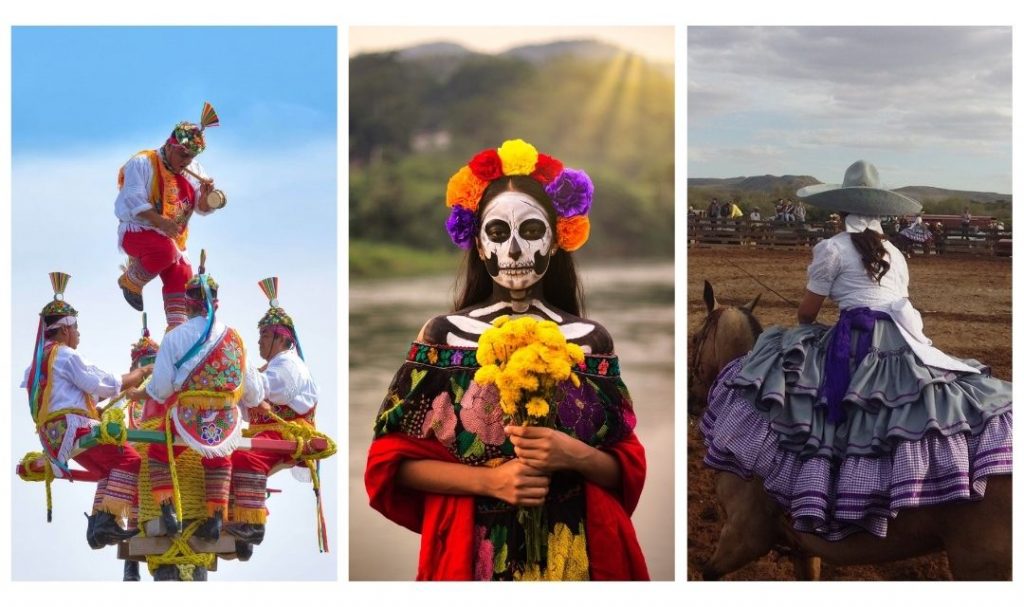
However, if you wish to discover and meet up close the Intangible Cultural Heritage that represents us as Mexicans, you can also do it at Xcaret.
As you may know, the park is dedicated to collecting all the best of Mexico and show it in the most authentic way to the world, looking for them to fall in love with Mexico as much as we are. At Xcaret, you’ll find beautiful details of every corner in Mexico, involving different states, traditions, history and culture.
Of course, the expressions that represent our World Heritage could be no exception. For this reason, today (while I write this blog) you may find 6 of the 11 expressions enlisted as Mexico’s Intangible Cultural Heritage of Humanity here at Xcaret. These are represented by artists, craftsmen or cooks native to the corresponding culture, so that these are as authentic representations as they can be and loyal to their ancestral tradition. This way, visitors can dive into Mexican culture of different states in a single day (or two, or three, or however many times you’d like to return).
Okay, okay, now we know that it’s at Xcaret, but which, when and where can I see them? We’ll get there… below, you’ll find this information and of course, a little bit of the history of these amazing traditions. These are the 6 Intangible Cultural Heritage of Humanity you can find at Xcaret:
Let’s start with (of course): The Mariachi… A-hoo-ah!
Probably one of the most representative traditions of Mexico in the whole world. No doubt, this is one of the first things that come to mind for many foreigners when thinking of Mexico, and it’s commonly used as a symbol to represent us… and proudly! Since 2011, the mariachi was named by UNESCO as Intangible Cultural Heritage of Humanity for its string music, trumpets and singing.
The mariachi tradition can be traced back to around the XVIII century, and while it has evolved and consolidated with time, it remains as the joyful group of two or more musicians dressed in an elegant outfit inspired by male or female charros who sing their music with themes dedicated to the love felt for the country, their city or great deeds in love stories (which are frequently the same thing).
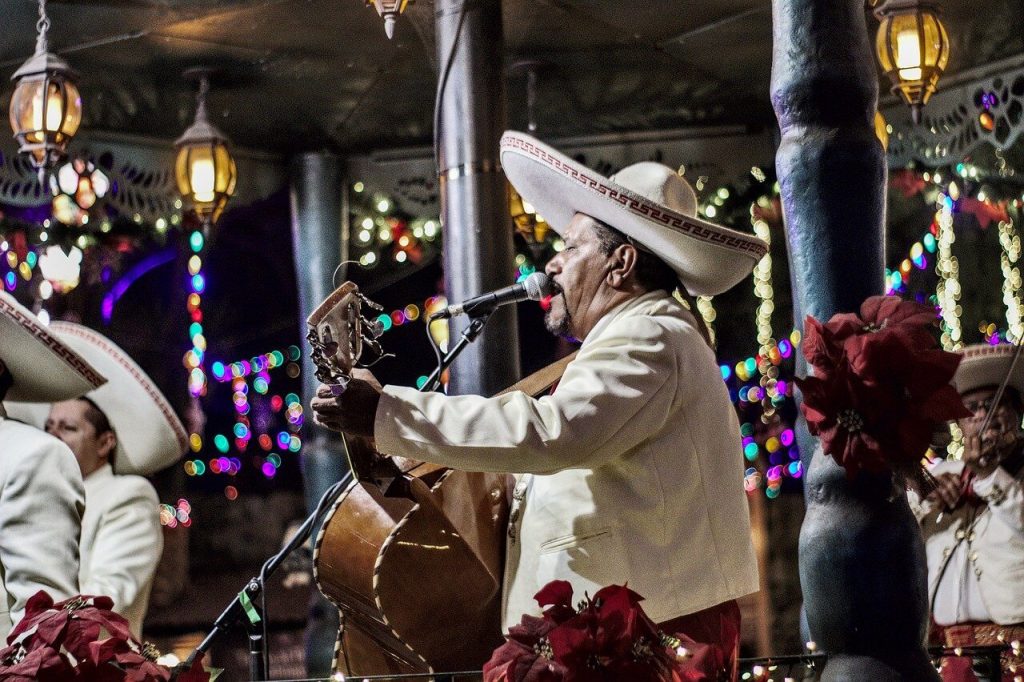
Their music, singing and joyful shouting are characteristic, and even though their repertoire is wide, the sound of the mariachi is unmistakable. For these and many other reasons, this heritage represents us here and all around the world, literally… We can find many other cultures which have incorporated it to theirs. Would you believe me if I told you that there is a version of the United States Anthem played by mariachi?
You may also enjoy: MOVIES, SERIES, AND DOCUMENTARIES TO GET A TRUE TASTE OF MEXICO
And if I want to see them at Xcaret, where should I go? Well, it’d be kind of difficult to miss them since they can be found in many places and schedules. For instance, you can enjoy them during the Horse Exhibition and of course, in their stelar appearance on Xcaret México Espectacular (warning: you may shed a tear). In addition, on certain schedules at our Mexican restaurant you may find our all-female mariachi group that’ll add the Mexican flavor to your day.
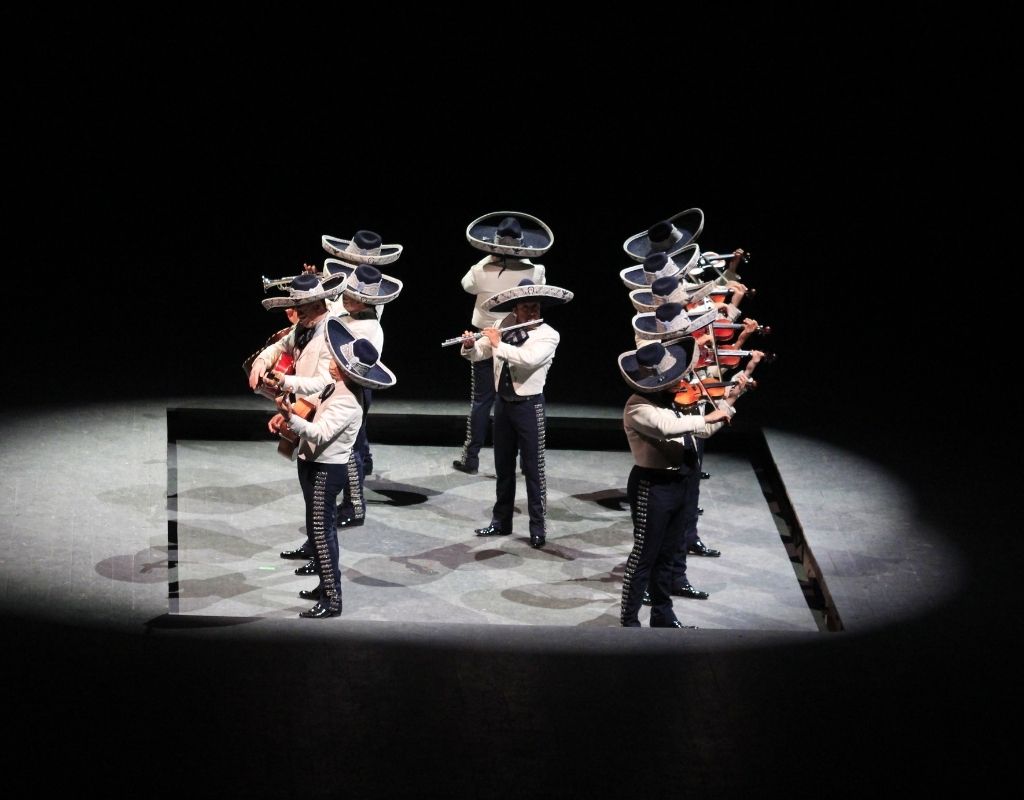
Now that we’re on the topic, let’s follow up with: La Charrería
It’s said that the charrería started as a way of easing up day to day activities between cattle ranchers of different parts of the country. It’s all about a series of practices that became popular among communities dedicated to cattle and horse breeding. Among them, charros and escaramuzas (lady charro) show their talents and dexterity in different tasks and tricks upon the art of herding and riding horses and bulls.
As all traditions, this has gone from generation to generation and what started as a hangout activity can now be seen in big shows, public contests and it’s even considered by many as our national sport! There are associations and schools that train young charros and escaramuzas, preparing them for big competitions. You must imagine the environment lived in the charro ranches during a charreada… it’s an authentic fiesta!
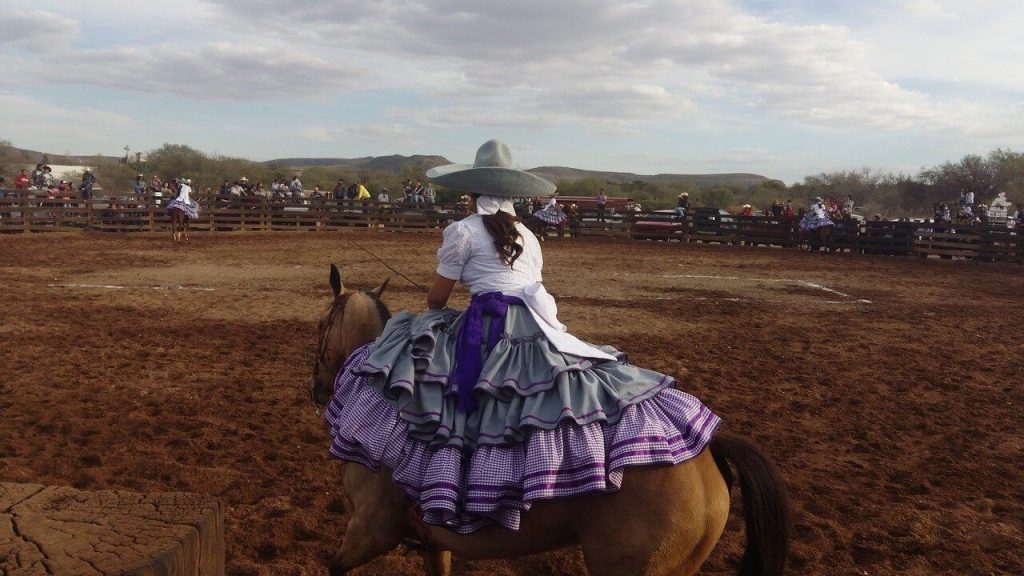
The art of charrería does not stop on herding tricks. A great deal of its cultural attractiveness is along what surrounds it. From the traditional broad-brimmed hats, the elegant charro outfit, the colorful escaramuza dresses, to the horses’ saddles and spurs fabricated by local craftsmen. Everyone is involved!
You may also enjoy: THE CHARRERÍA: A MEXICAN TRADITION THAT WE PASS ON TO THE WORLD
At Xcaret, you can appreciate this national performance at our Horse Exhibition, where charros and escaramuzas display their skill to the entire world. You can also find it present during Xcaret México Espectacular at the Tlachco theatre.
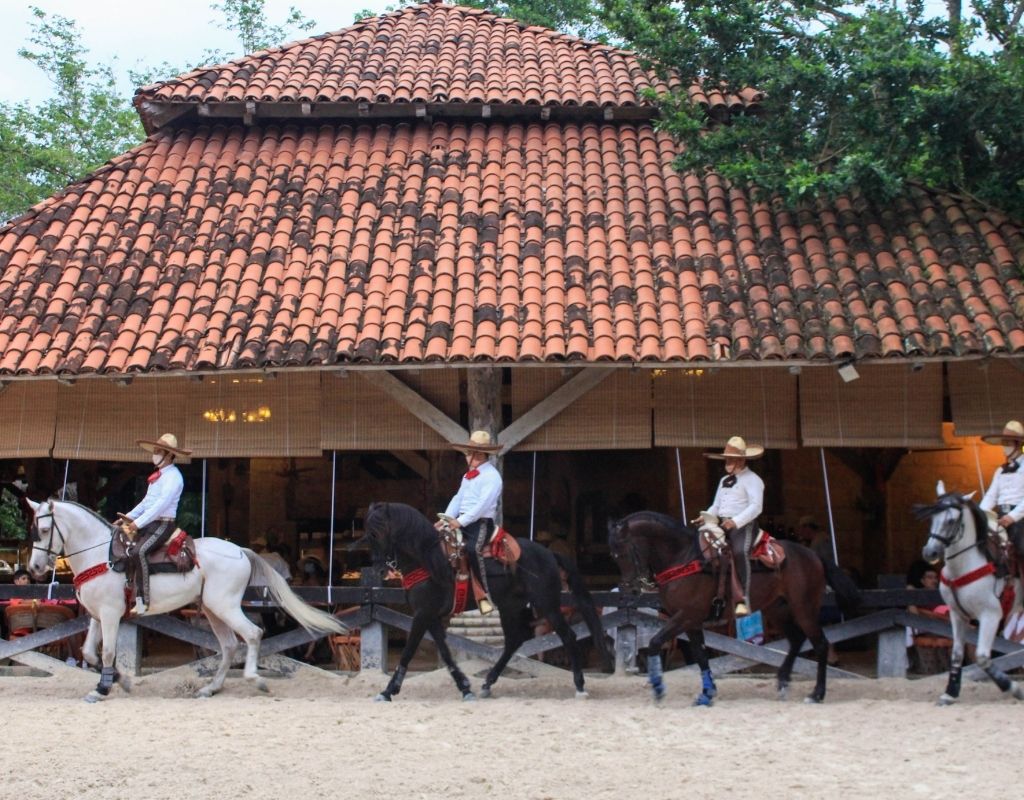
And if you’re feeling hungry by now, let’s continue with: Traditional Mexican Cuisine
Mexican cuisine is varied, colorful and delicious… and since 2010, it’s also a part of our Cultural Heritage. It’s not only the captivating flavors, but all that’s behind them too. Mexican cuisine brings to the table (literally) ancestral techniques that connect our culture with the land, nature and our ancestors.
Through time, our traditional cuisine has kept different cultivation methods alive as well as recipes and even the way in which the food must be eaten. Besides, the privileged diversity of Mexico (one of the most megadiverse countries in the world) adds up to the variety of flavors and its large extension helps differentiate them between states and regions without losing their essence… For example, up North, the tortilla is usually made of flour while in center Mexico and the South it’s made from corn, however, both are used to wrap a tasty taco.
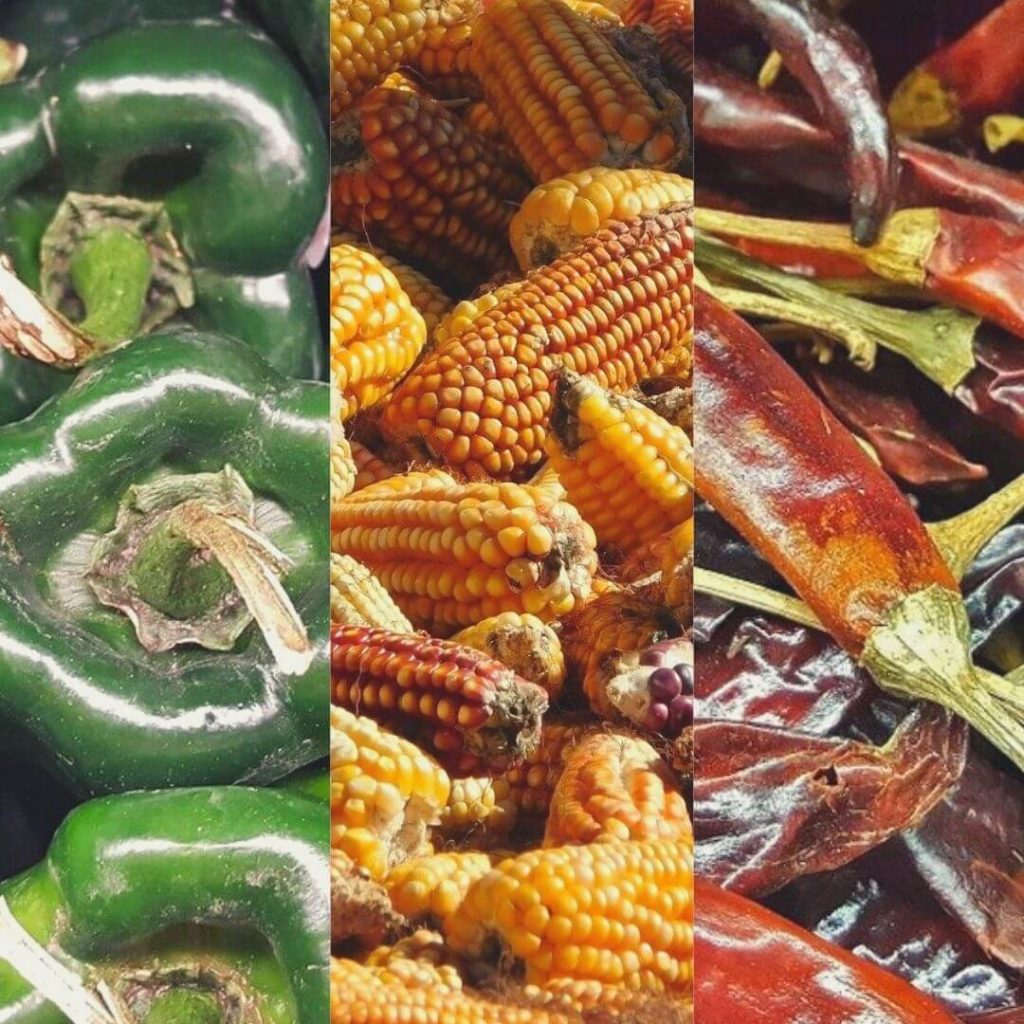
Nixtamalization, chinampas, earth ovens, and the use of autochthonous ingredients, make our cuisine a true artform. However, it’s the groups of traditional culinary artists who take charge of keeping, elaborating, and constantly enriching them as well as passing their wisdom from a generation to the next.
At Xcaret, you will be able to delight yourself with Mexican food at the many restaurants, especially at the Mexican restaurant (duh). In addition, along the park you’ll find examples of the same elements that make this our heritage. For example, during the varied editions of the Festival of Life and Death Traditions, groups of traditional cooks from guest states and from Quintana Roo are present in the park. During the days of the festival, they cook and share their traditional dishes, full of symbols that represent these dates.
Speaking of which… lets carry on with: The Day of the Dead Celebrations
The Day of the Dead celebrations are another of the most important symbols of Mexico in the world. Our relationship with death is a cause of awe for other cultures who fall in love when they see how we can fill with colors an event that’s usually so monochromatic. Food, music and dance fill these days and all these traditions are part of our Intangible Cultural Heritage since 2008.
During the last days of October and the first few of November (November 2nd being the official date), across Mexico, we celebrate the traditions corresponding to the Day of the Dead. Each state has its own variations and ways of commemorating the deceased, however, altars and food are the main event where families gather to remember those who left us too soon. They are illuminated with candles and cempasúchil flowers to mark the way, since on the nights from November 1st to 2nd according to tradition, the souls of our beloved come back to our earthly world to share and enjoy the things we’ve left for them in the altar.

The Day of the Dead is full of symbols and rituals that gather particularities from the depths of our autochthonous cultures. Fiestas and traditions as we know them today are also a result or display a mixture between cultures. In them, we can see important traces of how our culture incorporated and added new beliefs without ever losing its ancestral nature.
At Xcaret, every year since 2006, we celebrate the Festival of Life and Death Traditions. Through it, the park is decorated with cempasúchil flowers, altars and lots of workshops and artistic presentations that characterize the Day of the Dead. From October 30th to November 2nd, we can appreciate, learn and be a part of one of the most beautiful traditions of the country in our park. Besides, every year, a guest state is invited so that they can show us how they celebrate the Day of the Dead in their region, being the culture’s own artists and craftsmen who show and display their art in the most authentic way for the world to see.
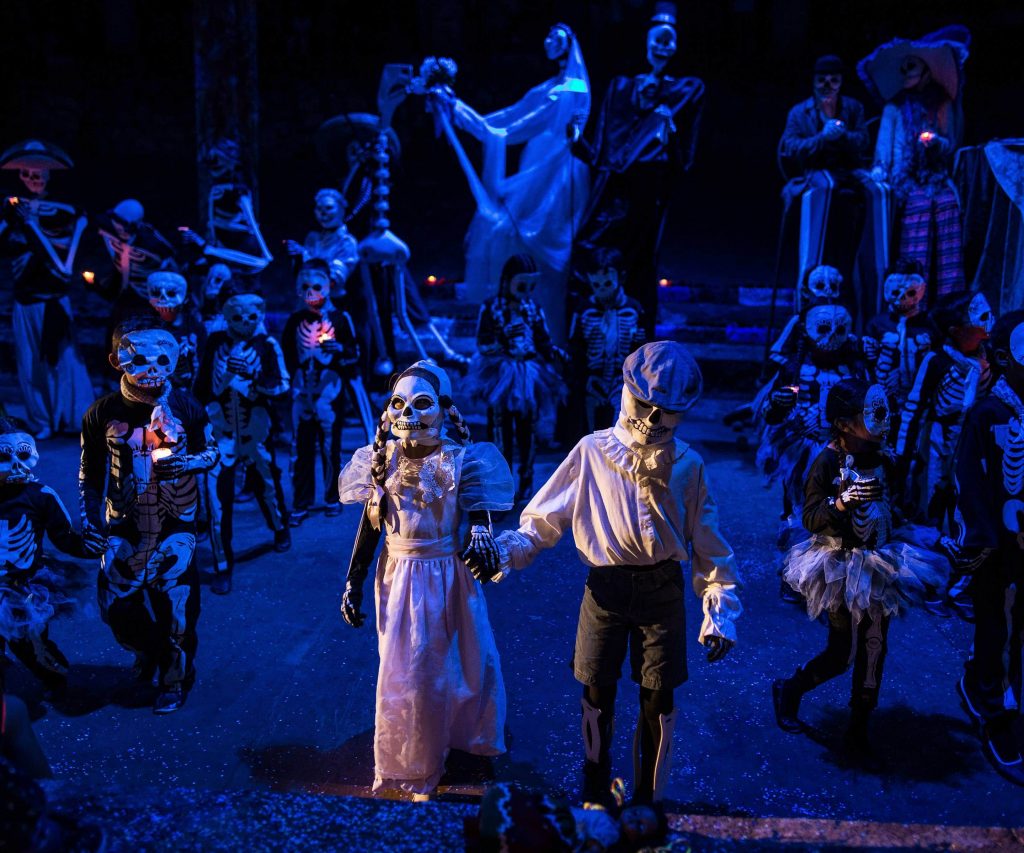
And for authentic expressions, let’s continue with: The Papantla Flying Men Ritual Ceremony
I have to say this is one of my favorites, as I remember the impact it caused me when I watched it for the first time as a kid, and now, many years later, I’m still in awe every time… Watching a leap into nothingness from a pole rising up to over 100 ft for someone who’s scared of heights is more than a reason to hold one’s breath. Now imagine four flying men leaping at the same time and spinning their way down as the only rope holding them to dear life slowly unfolds. Oh, of course, let’s not forget the fifth one, the foreman, who stays on top of the pole dancing and playing the flute while my hands sweat just from watching.
But that’s just talking about the impressiveness of this tradition on a technical level. Of course, when I learned all that’s behind, as well as its symbolic power, my sense of awe was transferred from my head to my heart.
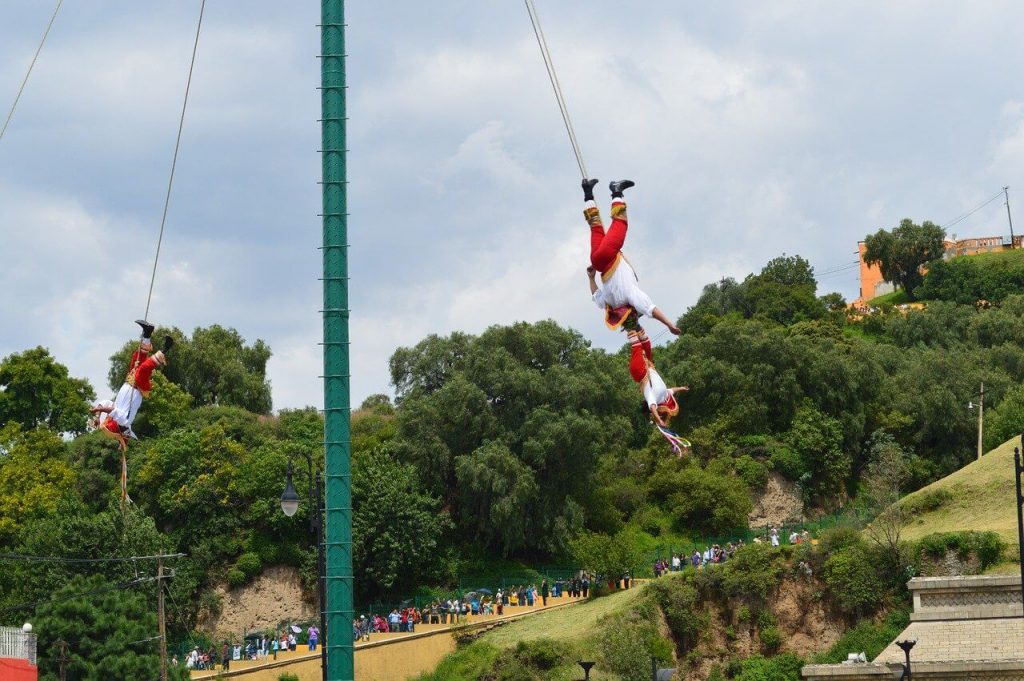
This Totonaca ceremony represents a way of reviving the myth of the universe, a way of communicating with the gods, expresses their way to see the world and their endearing connection with the natural world as they fly imitating the birds. In addition, this ritual represents pride for the culture, for both the flying men as for the spectators, since they share a feeling of mutual respect and, since 2009, forms a part of our Intangible Cultural Heritage.
At Xcaret, the Papantla Flying Men Ritual can be seen a couple of times. During the day, close to the Plus Area, you’ll see the pole that belongs to the Flying Men. If you keep your ears ready, you’ll be able to hear the music of their flutes and drums in the short pilgrimage they perform before reaching the pole. Follow them! At the end of their road, you’ll be able to enjoy this amazing ritual. If you miss them during the day, don’t worry… of course, this ritual had to be included on Xcaret México Espectacular, so you can also enjoy it there at night.
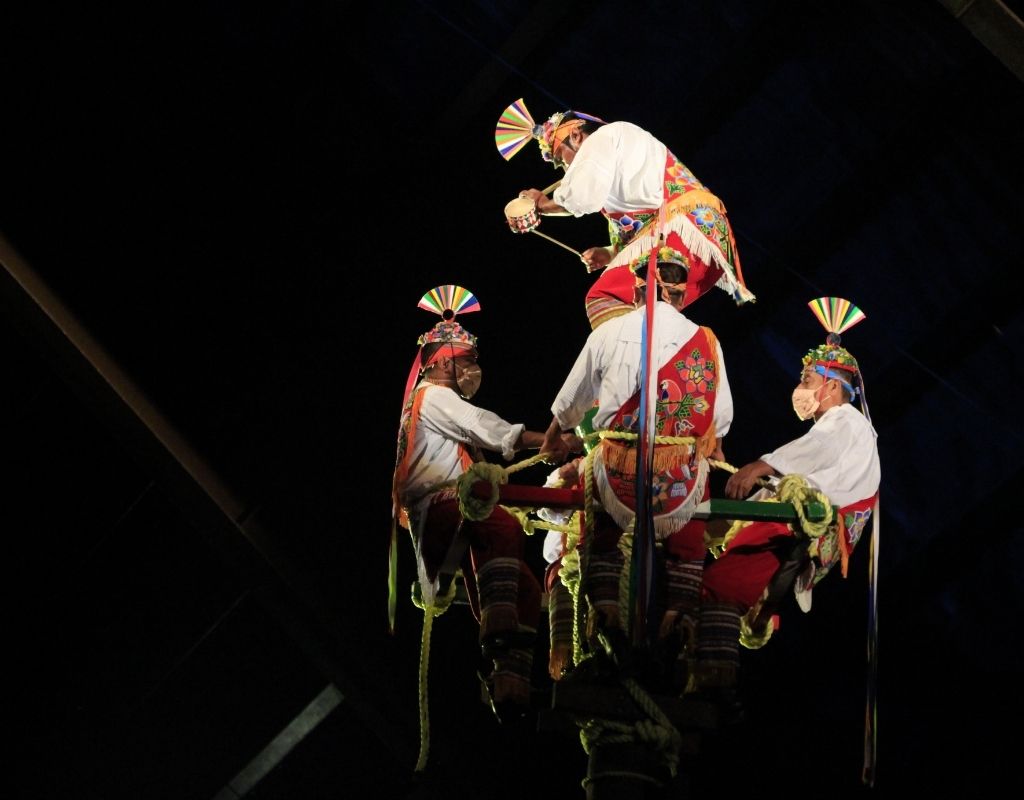
And another one that couldn’t be missing on Xcaret México Espectacular… let’s finish with: La Pirekua
Pirekua is a traditional musical genre from the Purépecha culture. Pirekua means song and in them, they express in their native tongue, in Spanish, or in a mix of both, different feeling, events, traditions and customs.
Solo, in duos or trios, the songs and music are a part of the fusion of cultures since we can see the influences from African, European, and Amerindian rhythms in their diverse variations. The interpreter of the pirekua is called the pirérecha. They may be male or female, characterized by their great talent, creativity and their way of interpreting the ancient songs of the culture.
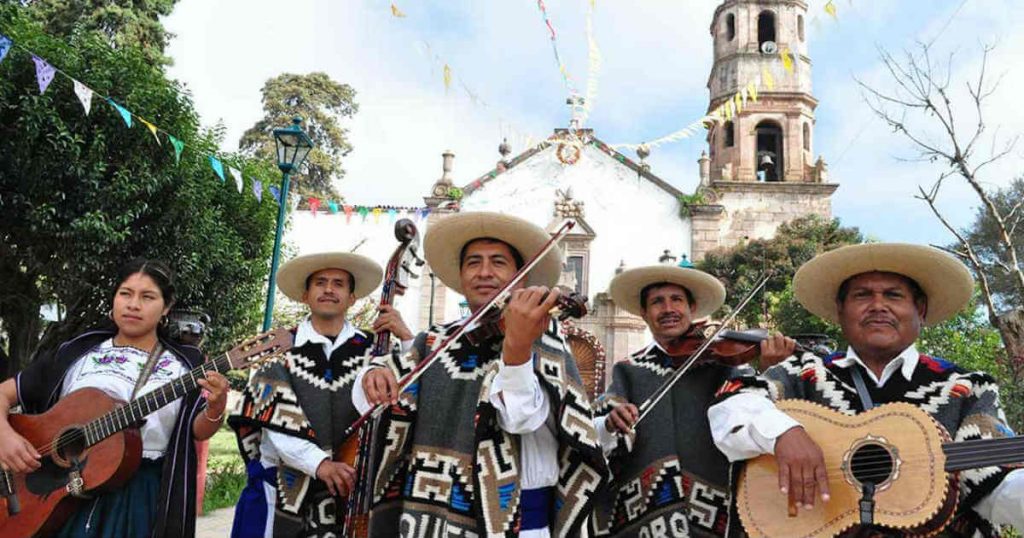
The lyrics in pirekuas are charged with symbols and different narratives. For this reason, the songs and those who sing them are important elements in the culture’s dialog, the families and communities. Through music, relationships and bonds are established and reinforced, working as a social and artistic tool. Therefore, since 2010, it became part of our Intangible Cultural Heritage.
At Xcaret, the pirekua forms an important part of the final presentation. During Xcaret México Espectacular, you’ll be able to enjoy our artist’s interpretation of pirekuas, honoring the Purépecha traditions corresponding to the state of Michoacán.
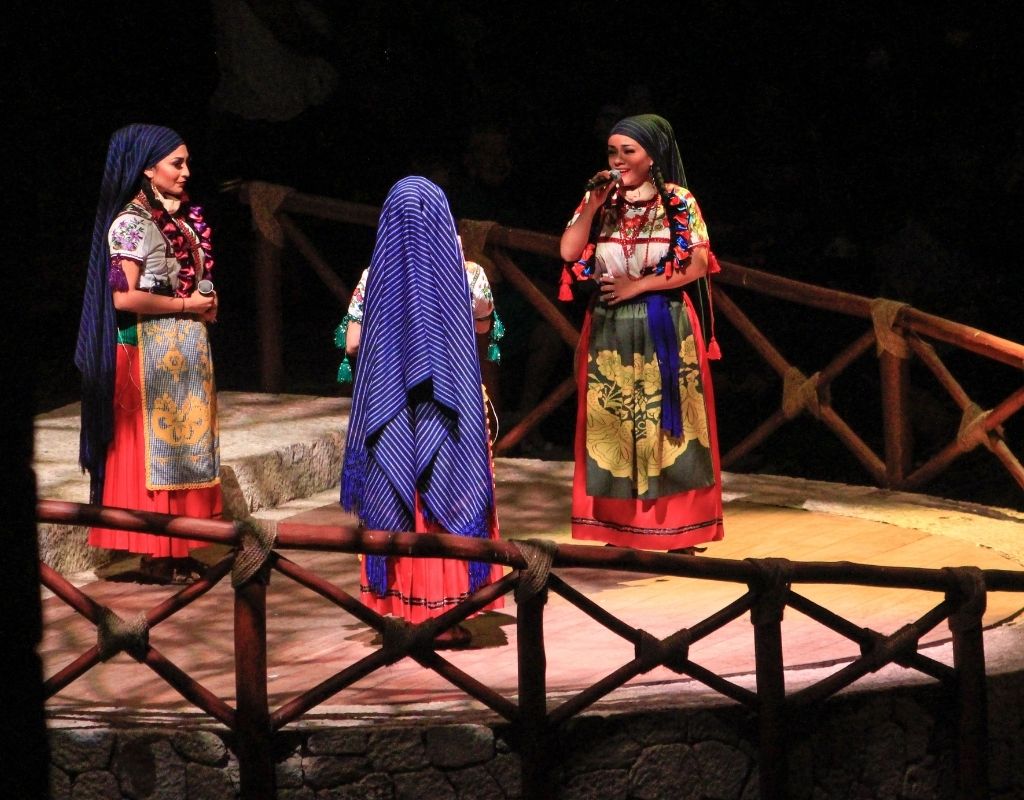
Undoubtedly, Mexico has plenty of traditions. This, among many other things, makes us rich as a country and makes everyone fall in love when they visit. At Xcaret, our mission is to share our love for Mexico with you, so you can take it along in your own heart.
What’s your favorite Mexican tradition and where did you see it for the first time? Let us know in the comments!
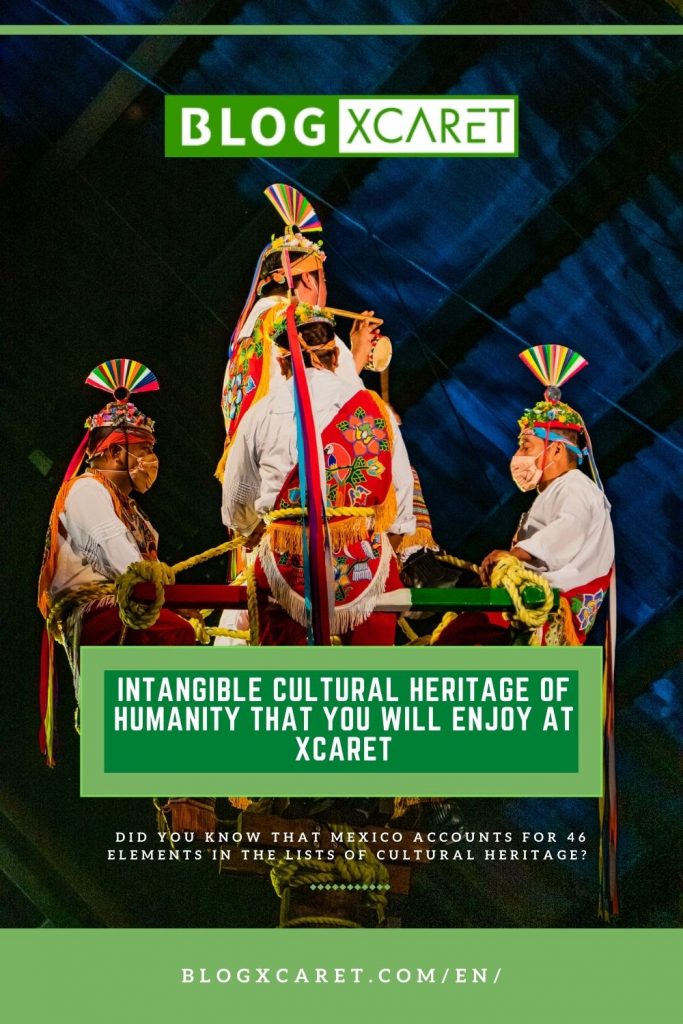

Por suerte nacido en México. Descubriendo el mundo a través del deporte y el arte. Encuentro refugio...

Posts Relacionados
Grupo Xcaret
Hotels
